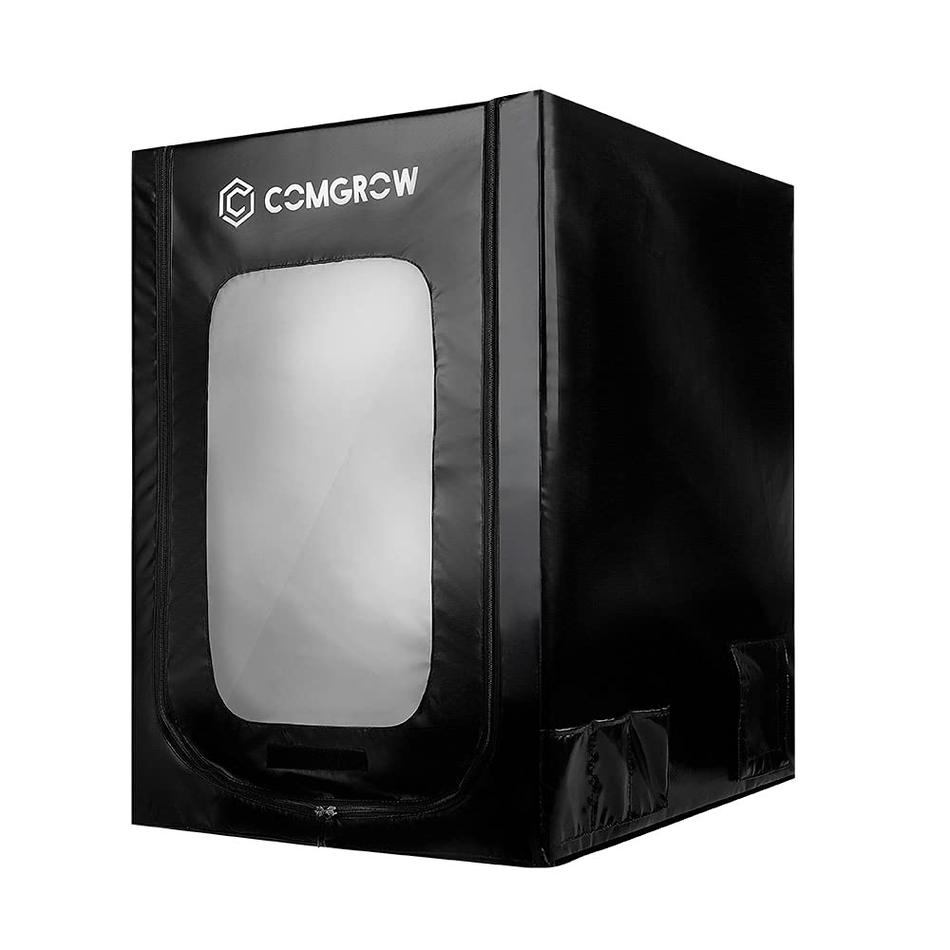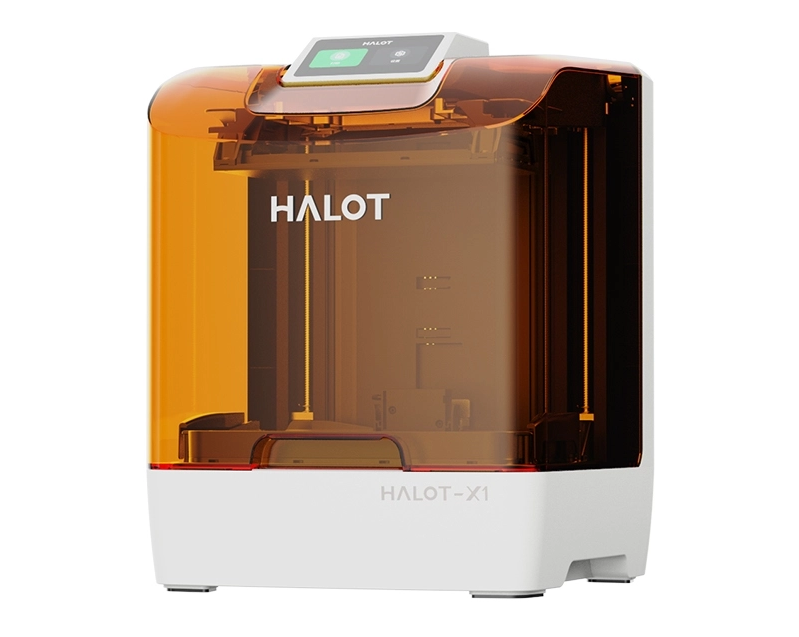Are you wondering if your 3D printer needs ventilation? You’re not alone.
Many people ask this question but don’t get clear answers. The truth is, ventilation can affect your health, your printing quality, and even your workspace. Understanding why ventilation matters can save you from breathing harmful fumes and improve your 3D printing experience.
Keep reading to discover what you need to know about keeping your 3D printing area safe and fresh.

Credit: www.reddit.com
Health Risks Of 3d Printing
3D printing has opened up incredible possibilities for creativity and prototyping right at your desk. However, as you watch your designs come to life, it’s important to consider the health risks involved. The process releases fumes and tiny particles that can impact your respiratory system over time.
Fumes And Particulate Matter
When 3D printers heat plastic filaments, they release ultrafine particles (UFPs) and volatile organic compounds (VOCs) into the air. These particles are so small that they can easily enter your lungs and even your bloodstream. Without proper ventilation, these airborne substances can accumulate, increasing your exposure with every print job.
Common Materials And Emissions
Different filaments emit different types and amounts of potentially harmful substances. For example:
- ABS (Acrylonitrile Butadiene Styrene)releases styrene, a chemical linked to respiratory irritation and possible long-term effects.
- PLA (Polylactic Acid)is often considered safer but still produces ultrafine particles that can irritate sensitive lungs.
- Nylon and PETGcan emit caprolactam and other VOCs, which might cause headaches or dizziness in poorly ventilated spaces.
Are you aware of the specific materials you use and their emission profiles? This knowledge can guide you in setting up your workspace more safely.
Effects On Respiratory Health
Exposure to 3D printing emissions can cause symptoms like coughing, wheezing, and throat irritation. People with asthma or other lung conditions may experience worsened symptoms even after short exposure. Long-term exposure without ventilation could increase risks of chronic respiratory diseases.
Think about your printing habits: do you often work in a closed room? Even if you don’t notice immediate effects, your lungs are still reacting. Installing proper ventilation or using air purifiers can protect your health and keep your creative process safe.
Ventilation Options For 3d Printers
Choosing the right ventilation for your 3D printer can impact both your health and the quality of your prints. Different setups call for different solutions depending on your space, printer type, and materials used. Let’s look at some practical ventilation options to help you create a safer printing environment.
Natural Ventilation Methods
Opening windows and doors is the simplest way to ventilate your 3D printing area. Fresh air helps disperse fumes and particles released during printing, especially when using materials like ABS or PETG.
Placing your printer near a window or in a room with good airflow can reduce the buildup of harmful emissions. However, this method might not be enough in smaller or poorly ventilated rooms. Have you noticed any lingering smells or irritation when printing indoors without airflow?
Mechanical Ventilation Systems
Fans and exhaust systems actively move air out of your printing space. Installing a small exhaust fan near your printer can pull fumes outside, keeping your room fresh and safe.
Some setups include inline duct fans connected to flexible tubing that vent air outdoors. These systems are more reliable than natural ventilation, especially in enclosed rooms or basements.
- Choose fans with adjustable speeds to control airflow.
- Make sure the exhaust path leads outdoors to avoid recirculating pollutants.
- Consider noise levels if your printer is in a living area.
Enclosures With Filtration
Using an enclosure with built-in filters can trap fumes and particles before they spread. HEPA and activated carbon filters are common choices that capture ultrafine particles and odors effectively.
Enclosures also help maintain consistent temperatures, which can improve print quality. If outdoor venting isn’t possible, filtration inside an enclosure offers a solid alternative to keep your space safer.
Have you tried using an enclosure with filters? It might surprise you how much cleaner the air feels during long print jobs.
Choosing The Right Location
Choosing a location with good airflow helps reduce fumes from 3D printing. Placing the printer near a window or vent improves air quality and safety. Avoid small, closed rooms to prevent buildup of harmful particles.
Choosing the right location for your 3D printer is crucial. Proper placement ensures safety and optimal performance. Ventilation plays a key role in this decision. It helps reduce fumes and maintain air quality.Avoiding Confined Spaces
Place your 3D printer in an open area. Avoid cramped corners or small rooms. Confined spaces trap harmful fumes. This can pose health risks. An open space allows better air circulation. It helps disperse any generated particles.Setting Up In Well-ventilated Areas
Choose a well-ventilated room for your printer. Good airflow prevents buildup of toxic fumes. Consider using exhaust fans or open windows. These tools improve air quality. Ensure fresh air enters and stale air exits. This setup protects both equipment and people.Considerations For Home Vs. Industrial Use
Home and industrial setups differ significantly. Home users often have limited space. Prioritize a room with windows or fans. Industrial use requires more robust systems. Consider dedicated ventilation systems. These handle larger volumes of fumes. Both setups demand careful planning. Your health and safety come first.Additional Safety Practices
Ensuring your 3D printing setup is safe goes beyond just ventilation. There are several additional safety practices that can protect both your health and your equipment. Paying attention to these details can make your printing experience smoother and worry-free.
Using Protective Equipment
Wearing protective gear is a simple yet effective way to reduce risks. Safety glasses shield your eyes from accidental splashes or debris. Gloves protect your hands from hot surfaces and chemicals used in post-processing.
Have you ever felt a slight irritation when handling certain filaments? That’s a sign to use a mask or respirator to avoid inhaling harmful particles. Using the right equipment keeps you safe without interrupting your workflow.
Regular Maintenance And Cleaning
Keeping your 3D printer clean prevents buildup of dust and filament residue that could affect print quality and safety. Regularly check and clean the nozzle, bed, and fans to avoid clogs and overheating.
Don’t forget to inspect wiring and moving parts for wear and tear. A well-maintained printer runs more reliably and reduces the chance of accidents. When was the last time you gave your printer a thorough cleaning?
Monitoring Air Quality
Air quality can change quickly when printing, especially with certain materials like ABS or nylon. Consider using an air quality monitor to track particulate matter and volatile organic compounds (VOCs) in your workspace.
If you notice high levels, increasing ventilation or adding an air purifier can make a big difference. How often do you check the air around your printer? Staying aware helps you avoid long-term health issues.
Legal And Regulatory Guidelines
Understanding legal and regulatory guidelines is key when using 3D printers safely. These rules help protect users and the environment. Ventilation requirements often fall under these regulations. Compliance ensures safer air quality and reduces health risks.
Workplace Safety Standards
Many workplaces must follow safety rules from organizations like OSHA. These rules focus on reducing exposure to harmful fumes. Proper ventilation systems are often mandatory. Employers must provide clean air to protect workers’ health. Ignoring these standards can lead to fines or legal issues.
Local Ventilation Requirements
Local laws may set specific rules for ventilation in homes or businesses. These rules vary by city or state. They often depend on the size and type of 3D printer used. Some areas require special exhaust systems or air filters. Checking local codes before setting up a printer is essential.
Manufacturer Recommendations
3D printer makers provide safety guidelines in user manuals. These include advice on ventilation and workspace setup. Following these recommendations helps avoid damage and health problems. Manufacturers often suggest using printers in well-ventilated areas. Ignoring these tips can void warranties or cause issues.

Credit: www.wevolver.com

Credit: www.reddit.com
Frequently Asked Questions
Do 3d Printers Emit Harmful Fumes?
Yes, many 3D printers release ultrafine particles and volatile organic compounds. Proper ventilation helps reduce exposure and maintains air quality.
How Important Is Ventilation For 3d Printing?
Ventilation is crucial to prevent inhaling toxic fumes. It improves safety, especially when printing with materials like ABS or nylon.
Can Poor Ventilation Affect Print Quality?
Indirectly, yes. Poor airflow can cause overheating and warping. Good ventilation stabilizes temperature and improves print consistency.
What Ventilation Methods Suit 3d Printing?
Using exhaust fans, open windows, or air purifiers with HEPA filters works well. Enclosed printers benefit from vented enclosures to expel fumes.
Conclusion
3D printers release tiny particles and fumes during use. These can harm your health over time. Good ventilation helps clear the air and keeps you safe. You do not need complex systems, just fresh air flow. Open windows or use fans to improve airflow.
Keep your printing area clean and well-ventilated. This simple step protects your lungs and home environment. Remember, safe printing means better results and peace of mind.





